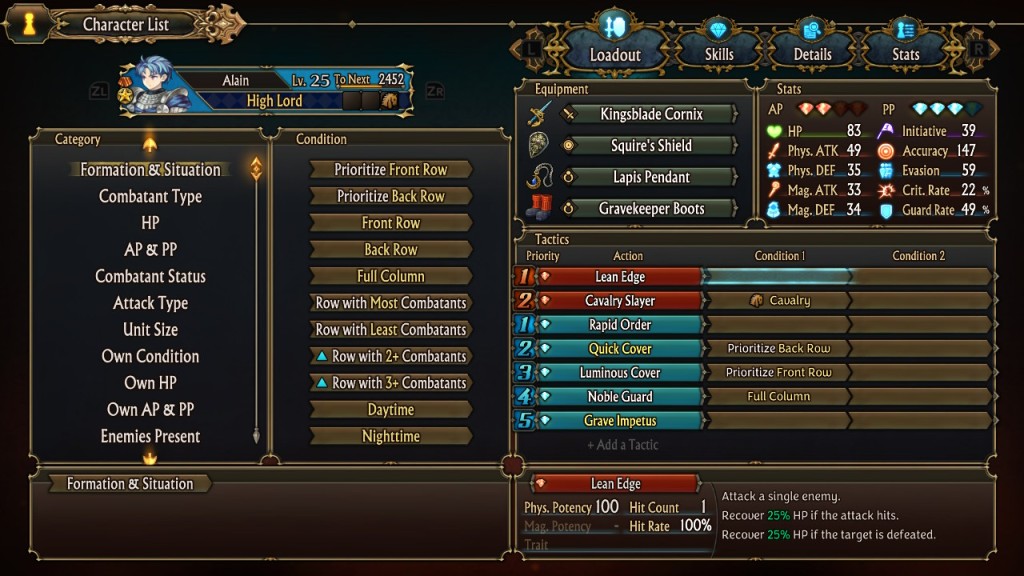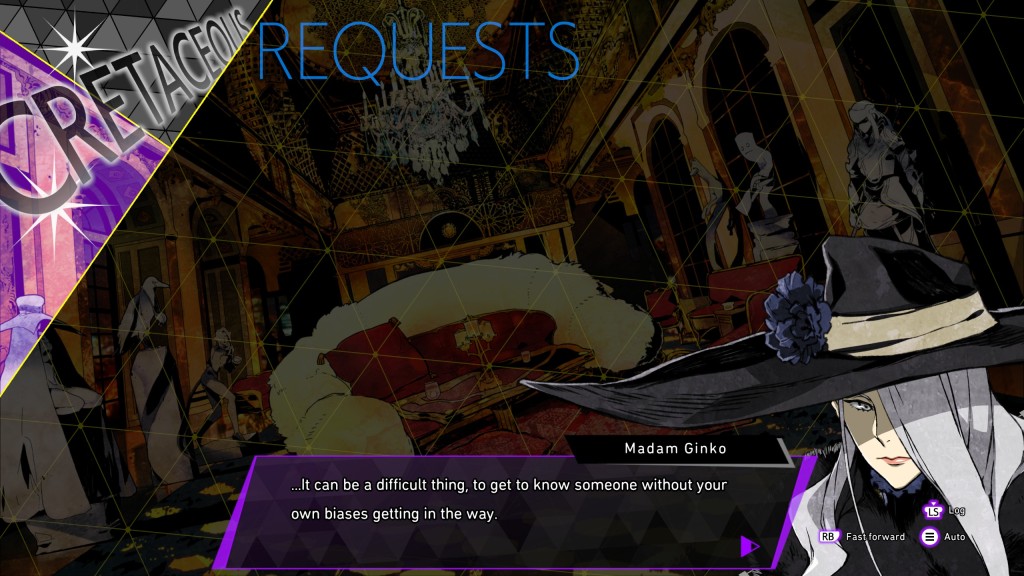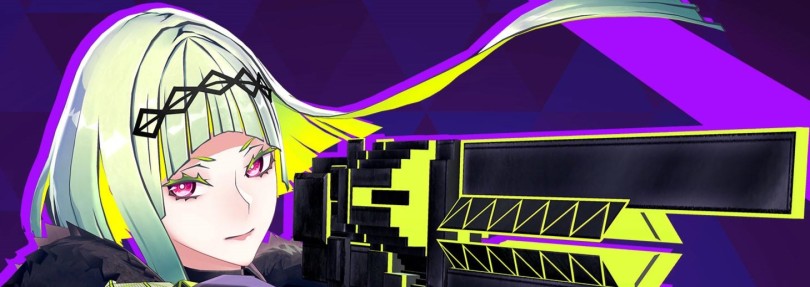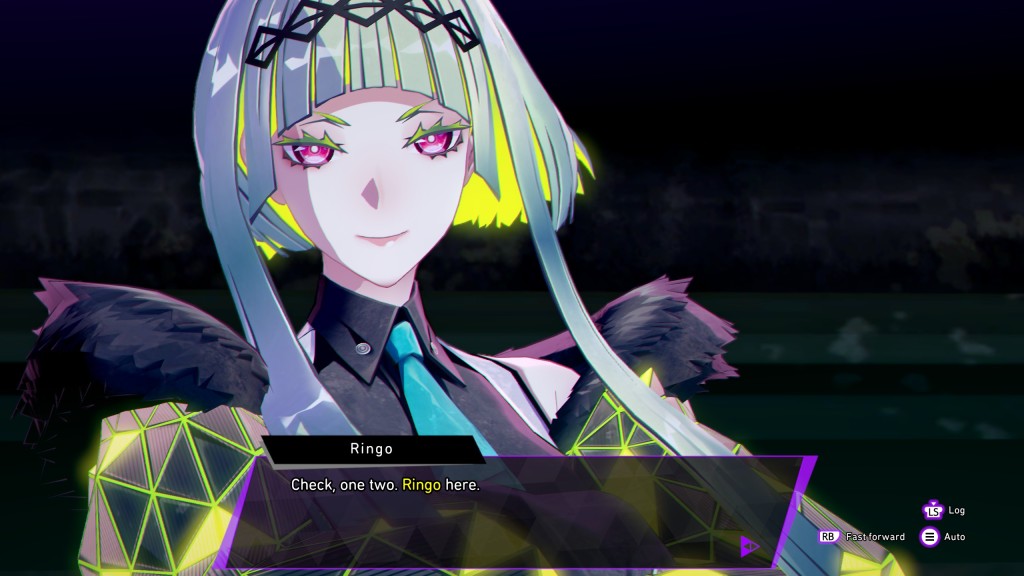For the sake of our time.
Unicorn Overlord was released in March 8th and I waited a few days to get my copy for Nintendo Switch. I thought that such a cute game should be a perfect fit for the OLED screen and handheld gameplay. I wasn’t wrong and so far I only played a docked session once. The game was developed by Vanillaware and the concept phase was initiated at about the same time 13 Sentinels: Aegis Rim was in production – another great game that I haven’t finished yet. It was published by Sega/Atlus and it seems that everything on the face of the Earth which bears the Atlus name is condemned to be a success.
Unicorn Overlord is a tactical rpg, but it’s not turn-based like I’m used to. It’s real-time where the actions and the order they should be taken – whom to target and in which situations – are previously set by the played into a number of units on the menu screen. Then, those units are taken into battle and the outcome takes place automatically. 13 Sentinels’ combat is a very, very simplified form of real-time strategy, but I loved it, so I had an idea about how the combat would develop in real-time. Some people mentioned Ogre Battle 64 as the predecessor of this type of combat and we can easily see the similarities between unit builds, classes, maps and interface. No matter where the inspiration is, the combat is very addictive and many late nights are a given.

Unicorn Overlord tells the story of Alain, the son of Queen Ilenia who fell to Galerius’ rebellion in Cornia. The game starts with the battle between both Ilenia and Galerius, also known as General Valmore. Queen Ilenia asked Josef to protect little Alain while the castle was under attack and Josef took Alain to an island called Palevia, raised him and trained him into a fine soldier and future ruler. Alain would later lead the Liberation Army against the established Zenoiran Empire, and with the help of the Unicorn Ring, turn the leaders siding with the Empire into their former selves. Alain soon discovered that the ring had the power to dispel a curse altering the minds of former leaders and commanders into accepting the rule of the Zenoiran Empire.
With this knowledge in hand, Alain sets to Cornia first, to expand the Liberation Army, together with Scarlett, Josef and Lex. Scarlett is then kidnapped by Galerius and Baltro and this event starts the first story arc in Cornia. Unicorn Overlord has a lot – and I mean a lot-lot – of recruitable characters. All have backstories and Alain can unlock rapport conversations with them to learn more about their personalities and motivations. It works like a social link from Persona. If they battle together, interact at the tavern or are given gifts, they increase their rapport points. After a certain amount of points a conversation can be unlocked and accessed from a stabilized region. The funnier part is that all these characters have also rapport conversations between a selected number of other characters they’ve previously met. Considering that we travel across the nations of Cornia, Elheim, Drakenhold, Bastorias and Albion imagine the number of interactions available. It’s a lot of worldbuilding and character development.

The game isn’t exactly an open-world but it doesn’t have the same linearity as other games where some areas are locked prior to story progression. The quests and side-quests are stage-based. One stage consists of a combat encounter and after clearing the encounter we liberate a city and access its facilities. However, in case we are so inclined we can access higher-level areas and there’s no barriers holding off the progression. If we desire to access Bastorias before clearing Drakenhold, for example, it’s possible to do it. If we manage to clear a level 30 encounter we can access Albion after clearing Elheim and before clearing Drakenhold – which is the nation we should visit after Cornia. I mean we should, but we don’t necessarily have to. The game adapts itself in case we visit a higher-level area first.

After Cornia, I decided to visit Elheim to know more about the temples and because the Great Sage was about to give a revelation. I had no idea that I was terribly underleveled – my units, not Alain – for the area and I didn’t have many options to deal with magic. However I managed to recruit some crucial characters that helped me clear the first encounters and then everything progressed naturally. By the time I got to Drakenhold I was massively overleveled for the area, therefore Drakenhold should be the first stop after Cronia’s arc to those who worry about being overleveled. Since I don’t, I also unlocked Bastorias and met some adorable furries and then I left the area to progress the story as guided by Josef. This semi-open-world flair is extremely exciting to explore for the first time, because you know that you technically shouldn’t be in certain areas but you can, and then the rest of the game reconfigures itself to accommodate those choices.

The same freedom we get from the traversal does also apply to the innumerable possibilities at customizing our units. Each character has a class and each class has advantages and weaknesses against other classes. Some classes synergize better than others. All the information about classes is explained through characters in the overwold outside the forts or inside the menu. It’s a bit of a learning curve but the information is easily accessible in the library where we can find which classes work better against each other. Around the forts we often get tips about class weaknesses or natural shortcomings – for example, accuracy – and which accessories help mitigate that.
In the tactics menu we can prioritize actions according to the character’s skills and in which conditions an action is taken. I haven’t fully grasped the menu and all its possibilities, but changing the priorities and conditions of certain skill use and then seeing it in action is very satisfying. Certain weapons, shields and accessories provide the character with extra skills and it’s never a bad idea to check how the introduction of new skills affects the tactical actions the character will take in battle, meaning if those actions are given the right priority or if they’re relevant for the character in question. All classes can be promoted to its upgraded form, where the character can get new and better skills as well as a new accessory slot, or a weapon slot to dual-wield.

The art style is gorgeous in all its forms. The vibrating colors, the character design, the little portraits changing during dialogue, the 2.5D overworld, the landscapes and backgrounds, the food design that leaves me salivating – it’s everything. The little cutscenes are drawn in 2D, the characters are voiced and there’s dialogue boxes. The art style is very unique to Vanillaware. Even in their other games, the art plays with perspective, with light and shadow, and with character proportions. It’s dynamic even though the characters are static because some proportions, like bigger hands and feet, give a sense of movement and reach. At the same time it doesn’t look very exaggerated; it’s just right.

I wasn’t expecting this game specifically. When I heard about Unicorn Overlord I was expecting something less addictive, for starters, and much less complex in its mechanics. Since I’ve only played 13 Sentinels, I’ve only gotten the visual novel part of the Vanillaware experience and I thought Unicorn Overlord would be very similar, just in another setting. I haven’t been able to put the game down since I started playing. The other games I’m currently playing are on hold and even though I already have two more Vanillaware games on their way I don’t want Unicorn Overlord to end. Brilliant game!





















You must be logged in to post a comment.